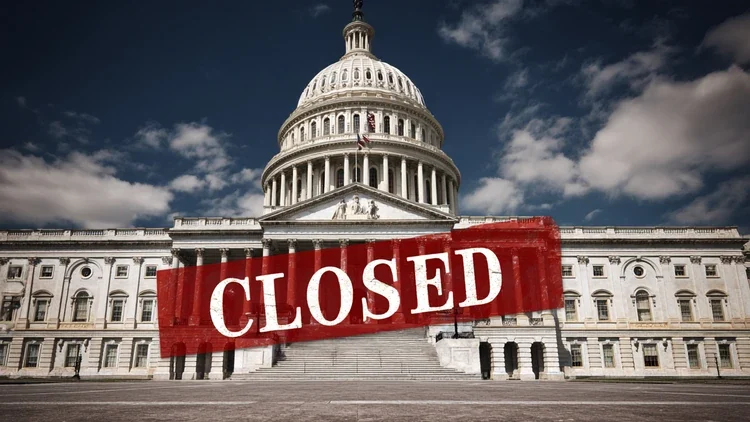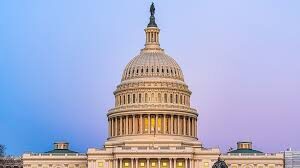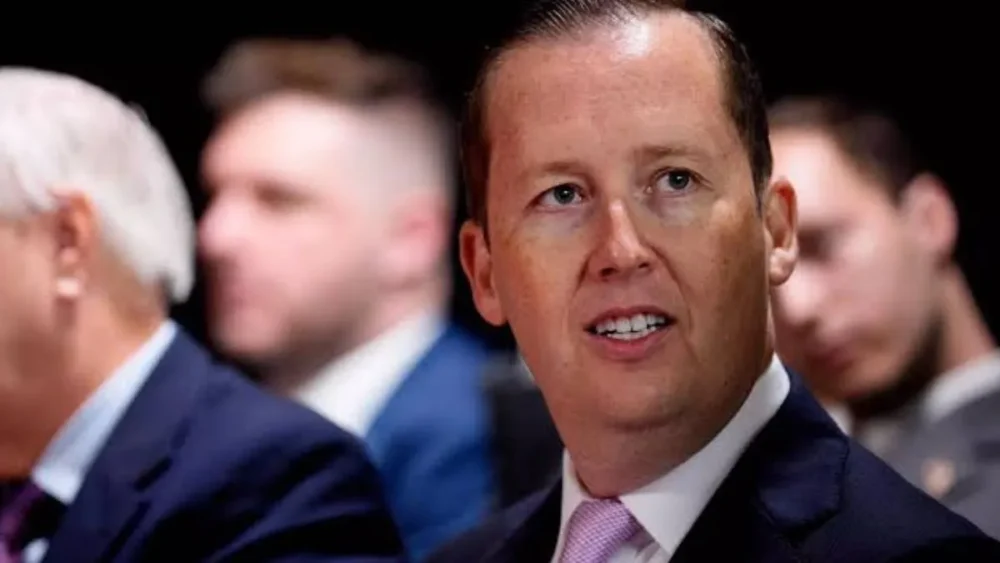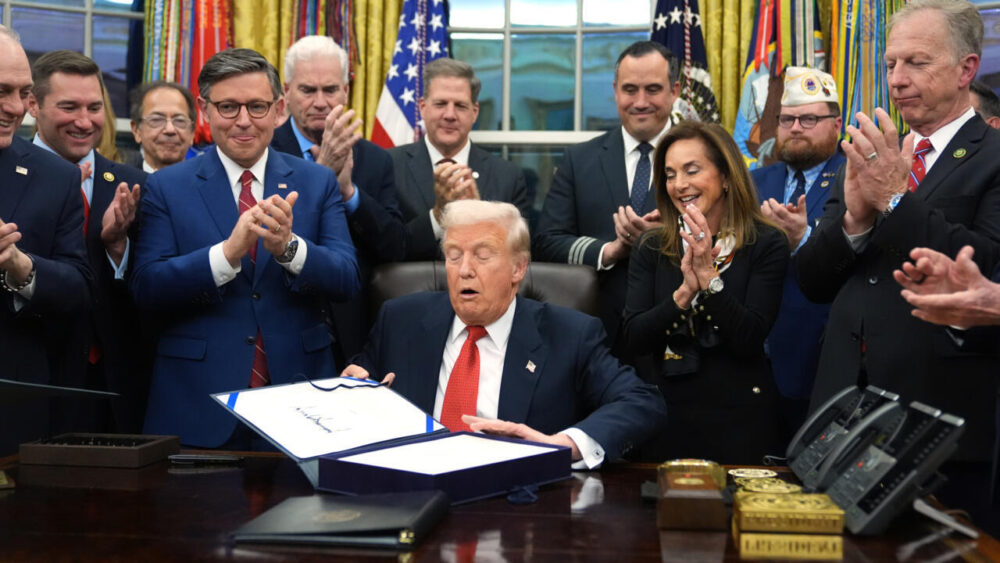The United States federal government officially entered a shutdown at midnight on October 1, 2025, after Congress failed to pass a funding bill. This marks the first government shutdown in over six years. The impasse stems from disagreements between lawmakers over healthcare programs, including Medicaid and Affordable Care Act (ACA) subsidies.
Key Impacts of the Shutdown
Essential Services Remain Operational
Despite the shutdown, several critical services continue:
- Military and Law Enforcement: Personnel remain on duty, though they will not receive pay until the shutdown concludes.
- Social Security and Postal Services: Operations continue, ensuring that beneficiaries receive their payments and mail delivery remains unaffected.
- Immigration Services: Customs and Border Protection agents continue their duties at ports of entry.
Non-Essential Services Face Disruptions
Several federal agencies and services are impacted:
- National Parks and Museums: Many facilities are closed to the public, affecting tourism and educational visits.
- Scientific Research: Ongoing studies and experiments may be delayed or halted due to the suspension of funding.
- Federal Contractors: Non-essential contractors face furloughs, leading to potential delays in various projects.
Political Reactions and Statements
President Donald Trump has warned that the shutdown could lead to layoffs affecting many federal employees, particularly Democrats. He suggested that some programs may be permanently reduced if the impasse continues. The White House Office of Management and Budget has confirmed the shutdown and instructed agencies to implement orderly procedures.
Historical Context
The last significant government shutdown occurred in late 2018 and early 2019, lasting 35 days and becoming the longest in U.S. history. That shutdown placed approximately 340,000 employees on leave. This current shutdown, though shorter, continues to highlight the challenges of bipartisan cooperation in Congress.










